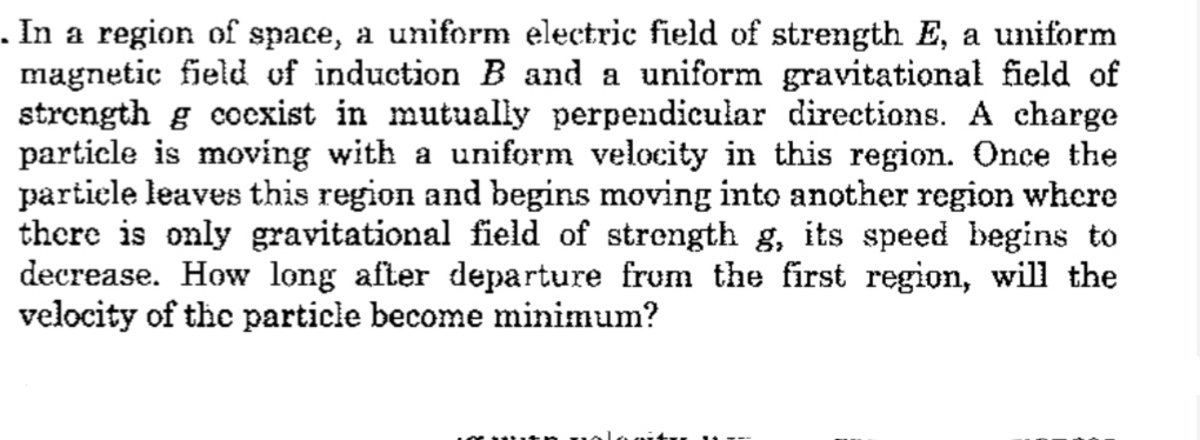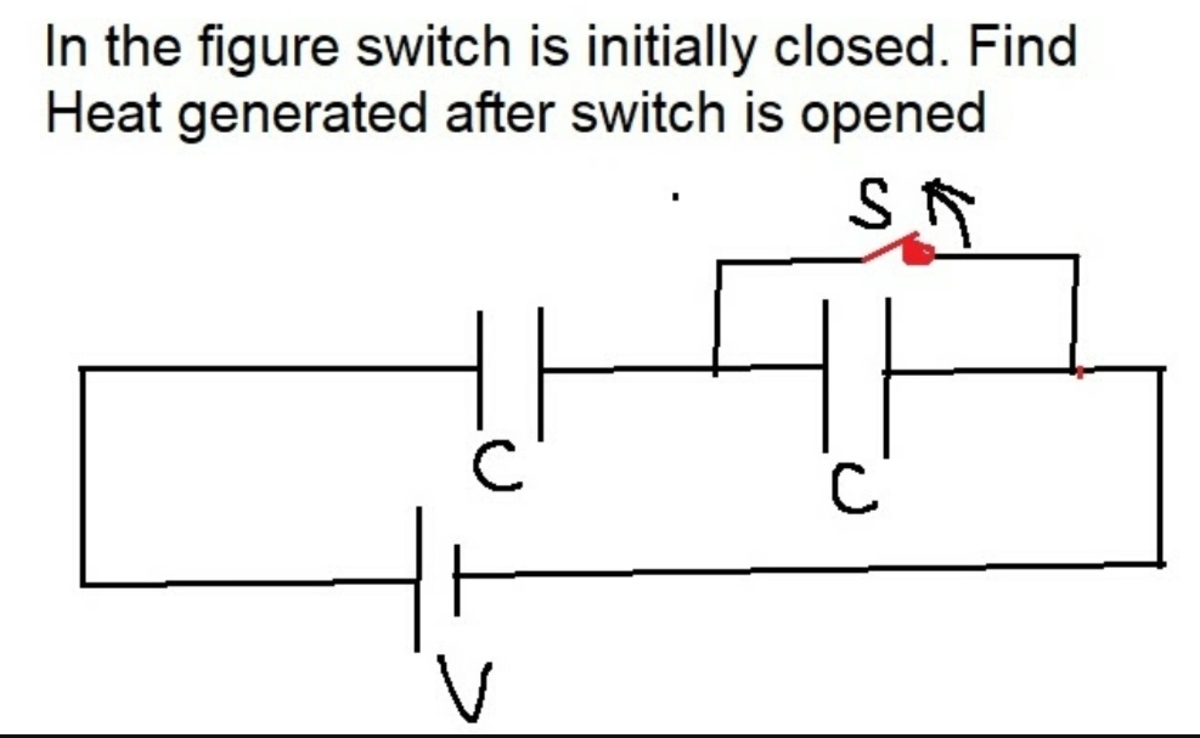It is fairly easy to derive AC impedance conventions for inductors and capacitors, starting with time-domain equations.
For the inductor:
v(t)=Ldtdi(t)
Take the Laplace transform:
V(s)=LsI(s)
Substituting in s=jω.
I(jω)V(jω)=ZL=jωL
For the capacitor:
i(t)=Cdtdv(t)
Take the Laplace transform:
I(s)=CsV(s)
Substituting in s=jω.
I(jω)V(jω)=ZC=jωC1=−ωCj
This shows why inductors have +j impedance and capacitors have −j impedance
Another way to show it is to examine the test signal sin(ωt). Suppose that this is the expression for the inductor current:
i(t)=sin(ωt)v(t)=Ldtdi(t)=ωLcos(ωt)
We can see that for the inductor, the voltage is greater than the current by a factor ωL, and it leads by 90 degrees (agreeing with the +j) term derived earlier.
Now examine the capacitor in the time domain:
v(t)=sin(ωt)i(t)=Cdtdv(t)=ωCcos(ωt)
We see that the voltage is smaller than the current by a factor ωC, and that the voltage lags the current by 90 degrees, agreeing with the transfer function derived earlier.
#ElectricityAndMagnetism
Easy Math Editor
This discussion board is a place to discuss our Daily Challenges and the math and science related to those challenges. Explanations are more than just a solution — they should explain the steps and thinking strategies that you used to obtain the solution. Comments should further the discussion of math and science.
When posting on Brilliant:
*italics*or_italics_**bold**or__bold__paragraph 1
paragraph 2
[example link](https://brilliant.org)> This is a quote# I indented these lines # 4 spaces, and now they show # up as a code block. print "hello world"\(...\)or\[...\]to ensure proper formatting.2 \times 32^{34}a_{i-1}\frac{2}{3}\sqrt{2}\sum_{i=1}^3\sin \theta\boxed{123}Comments
@Steven Chase Thanks.
@Steven Chase is there any other way to prove it, other than laplace transform.
Log in to reply
I have added a bit to the end
Log in to reply
@Steven Chase Yeah Thanks.
Your knowledge of Alternating current is next level.
I feel very unconfident while solving Alternating current problems.
@Steven Chase Therefore i have started series of Alternating current problems.
Make sure to drop a solution.
Hope I am not disturbing you.
Thanks in advance.
@Steven Chase https://brilliant.org/problems/alternating-current-series-4/
Log in to reply
I'm not sure what the physical mechanism for that one is supposed to be. Do you have an idea?
Log in to reply
@Steven Chase Yeah right now I got a YouTube channel where this problem is discussed.
Here is the video.
@Steven Chase Hello, Good Morning.
I have posted a new problem. Please check my answer is correct or not?
Thanks in advance.
@Steven Chase https://brilliant.org/problems/electromagnetic-induction-4/
@Steven Chase Good. Evening,Help me in this
@Steven Chase hello Good Afternoon,Try this problem
And share your views.
Log in to reply
Initially, the left capacitor has voltage V and the right capacitor has no voltage. Then after the switch opens, the system is subject to the following constraints.
1) The sum of the two capacitor voltages must be V
2) Since the capacitors are in series, and they have the same capacitance, the change in one capacitor's voltage must exactly match the change in the other capacitor's voltage.
There are three scenarios to consider then:
1) The capacitor voltages are exactly the same after switch opening as before switch opening
2) Both capacitors increase their voltages relative to before switch opening
3) Both capacitors decrease their voltages relative to before switch opening
Scenarios 2 and 3 can't happen without violating constraint #1. Therefore nothing happens, and no heat is dissipated.
Log in to reply
@Steven Chase Your answer is correct but one thing which I have not understand properly is
“The capacitor voltages are exactly the same after switch opening as before switch opening”
Log in to reply
In other words, they don't change at all
@Steven Chase do you have edited the note?
Log in to reply
It is the same as it was earlier
Log in to reply
@Steven Chase You have very much knowledge of electrical engineering.
Nowadays I am feeling jealous with you. :)
Log in to reply
No worries. I have been doing this a long time
Log in to reply
@Steven Chase I was joking :). Just to make you feel better :)
@Steven Chase Do you mean that, you are making people feel jealous from long time ??
Log in to reply
No, I've been studying electrical engineering for a long time
Log in to reply
@Steven Chase I know that, I was kidding you.